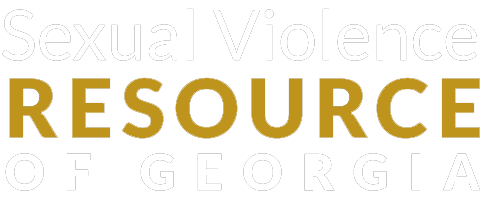
Sex trafficking victims are manipulated or forced against their will to engage in sex acts for money. Sex traffickers might use violence, threats, manipulation, or the promise of love and affection to lure victims. Truck stops, hotel rooms, rest areas, street corners, clubs, and private residences are just some of the places where victims are forced to sell sex.
The law says that sex trafficking is the recruitment, harboring, transportation, provision, obtaining, patronizing, or soliciting of a person for the purposes of a commercial sex act, in which the commercial sex act is induced by force, fraud, or coercion, or in which the person induced to perform such an act has not attained 18 years of age (22 USC § 7102).
Common Risk Factors of Sex Trafficking:
Certain risk factors can cause an individual to be at a higher risk for being vulnerable to sex trafficking.
- Physical or sexual abuse
- Prior child abuse
- Homelessness/ Poverty
- Lack of education
- Socially marginalized group status (LGBTQ+)
- History of being systems-involved (juvenile justice, foster care)
Possible Indicators of Sex Trafficking
Recognizing key indicators of sex trafficking is the first step in identifying victims and can help save a life. Here are some common indicators of a victim:
- A juvenile engaged in commercial sex acts
- A person who has bruises in various stages of healing
- Someone who is fearful, timid, or submissive
- An individual who shows signs of having been denied food, water, sleep, or medical care
- The person is often in the company of someone to whom he or she defers, or of someone who seems to be in control of them (This person may determine where they go or with whom they may talk)
- The individual appears to be coached on what to say
- The person does not appear to have freedom of movement (They are not able to freely leave where they live or there are unreasonable security measures in place)
Not all indicators listed above are present in every sex trafficking situation, and the presence or absence of any of the indicators is not necessarily proof of sex trafficking.
